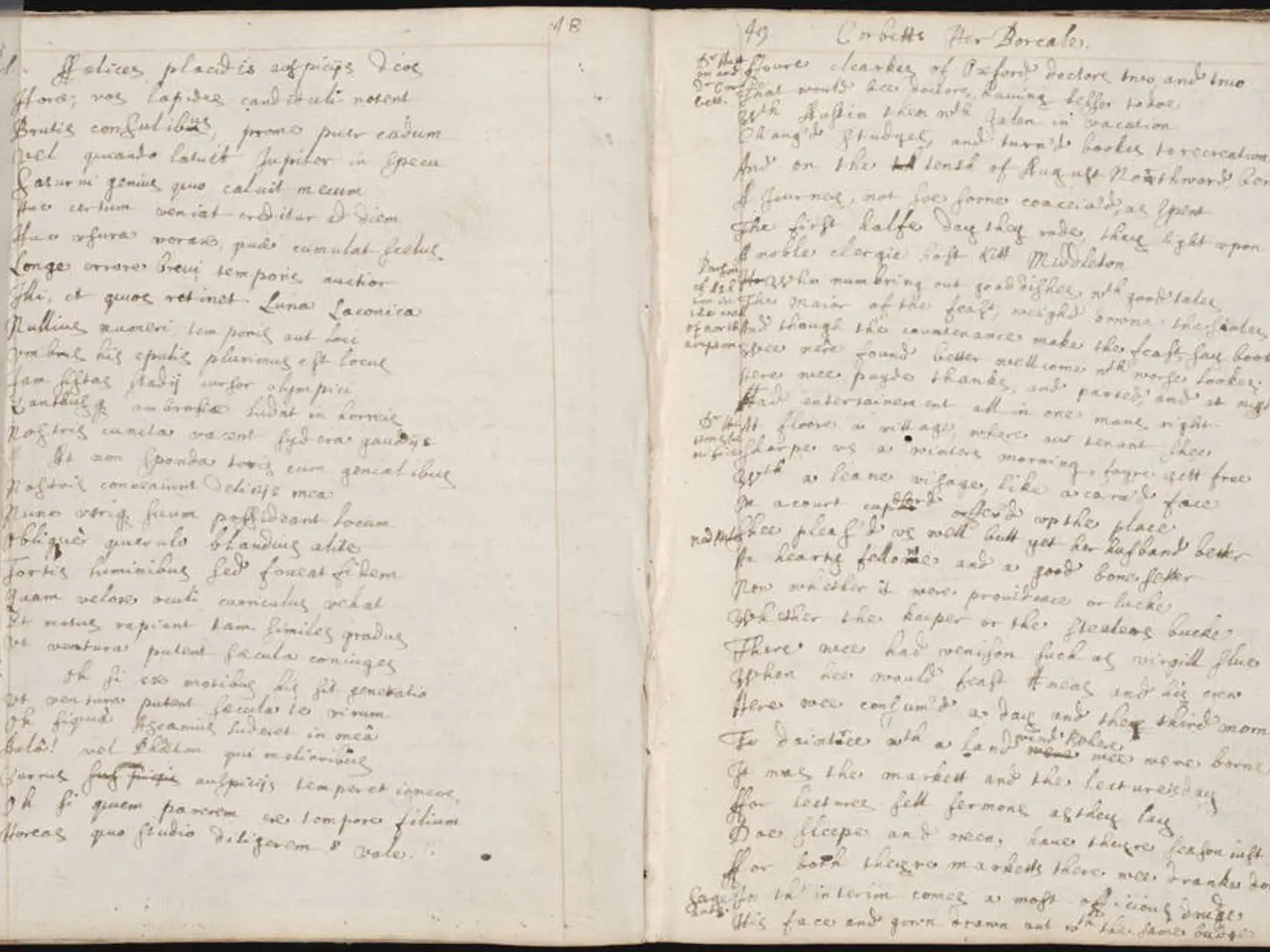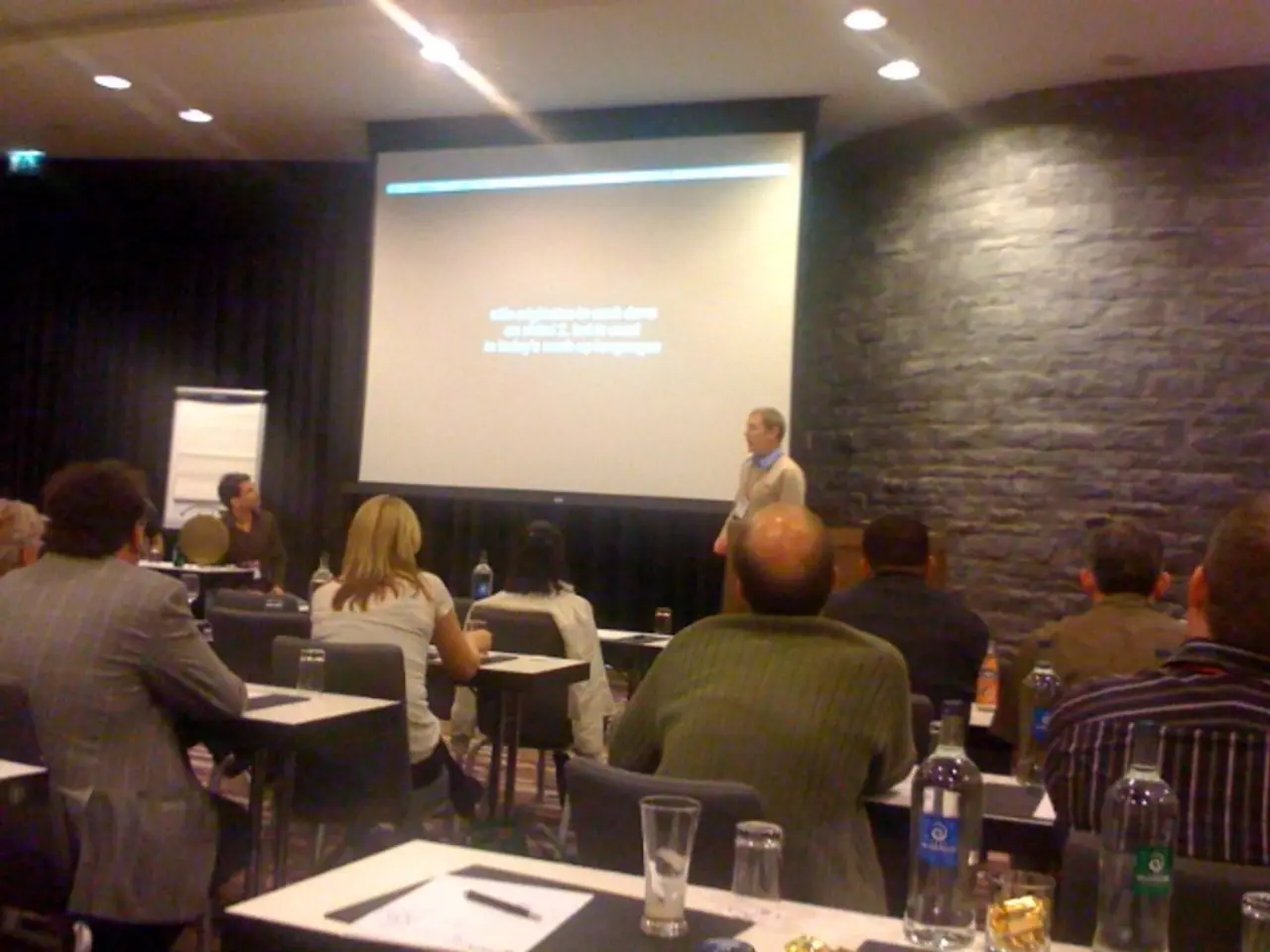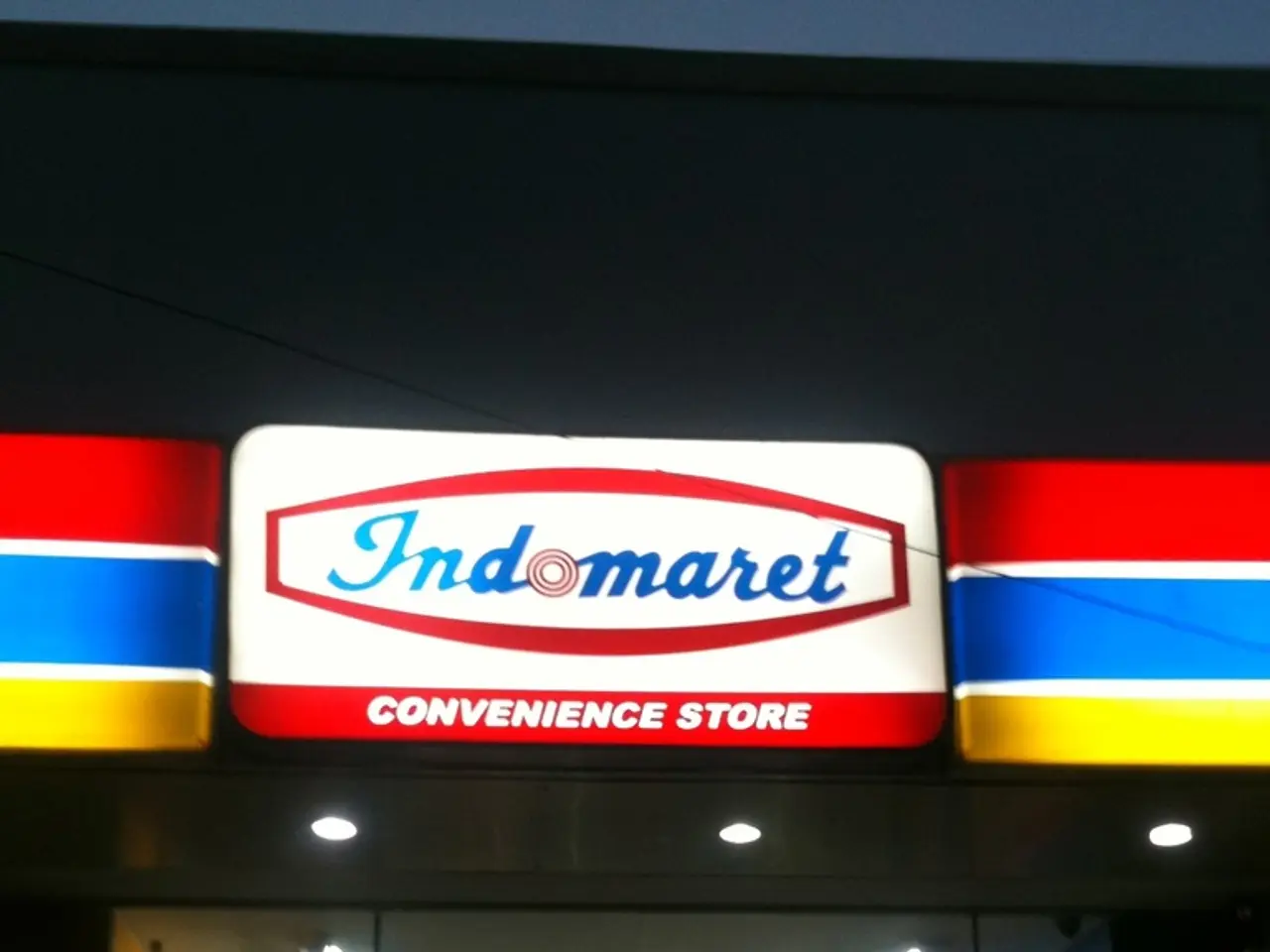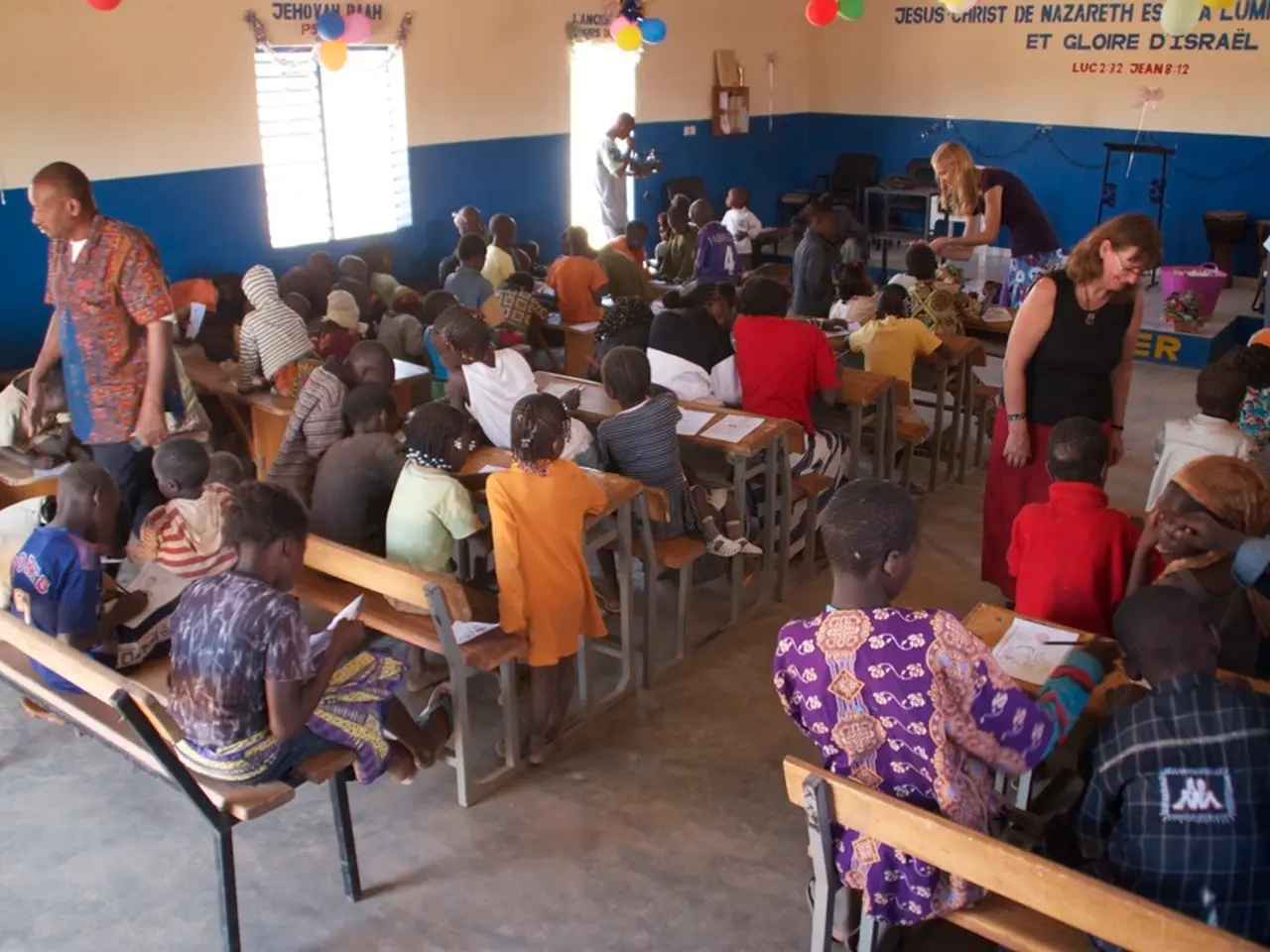Scripting Terror: A Guide to Crafting a Chilling Horror Story
In the realm of horror screenwriting, crafting captivating characters and tension is paramount to leaving audiences spellbound. The series is currently delving into the horror genre, exploring its intricacies and offering insights on how to create terrifying yet engaging experiences for moviegoers.
Audiences crave a thrilling, spooky, and possibly sleepless night after exiting the movie theater. To achieve this, a well-crafted horror screenplay should focus on the protagonist, the inciting incident or threat, the conflict, and the hook of the story. However, leaving room for the unknown is vital. The less an audience or character knows about what's terrifying them, the better at the beginning of the movie. Gradually revealing information can help build tension and make characters more relatable.
Characters in a horror film may be unreliable narrators, adding an extra layer of mystery and suspense. To write captivating characters and dialogue, focus on creating realistic, well-motivated individuals that audiences care about. Dialogue should reveal personality and relationships naturally, balancing exposition with emotional subtext. Avoid overly explicit or "on the nose" horror talk; instead, use dialogue to build suspense and reveal fear, uncertainty, or denial among characters—this deepens audience empathy and heightens tension.
Ground the character development within the script’s scenes, layering backgrounds and motivations subtly to build a believable psychology. Use point-of-view shots in your screenplay directions to immerse the audience in a character’s experience, strengthening connection. Keep the horror concept focused and simple to allow character and dialogue development to shine without being bogged down by excessive backstory.
Pacing and foreshadowing are essential for creating tension in a horror movie. Techniques to create suspense and keep viewers on edge include gradually increasing the stakes for characters and forcing them into action. Fast-paced horror films like Evil Dead (2013) have minimal downtime between scares, while slow-burner horror films like The Witch (2015) build tension gradually.
The most beloved horror films follow a familiar framework that audiences recognize and connect with. This paradigm consists of three acts: the protagonist encounters a threat, they struggle with the threat, and they either escape the threat or not. Jaws (1975) builds tension at a rhythmic pace with slower scenes interrupted by ferocious shark attacks. Scream (1996) foreshadowed its ending well, with the killers identified in the early minutes of the film. The Sixth Sense (1999) is one of the most famous examples of foreshadowing in the horror genre.
Understanding your subgenre, developing a compelling premise, and mastering pacing are key to captivating your audience in horror screenwriting. Plan your scripts using beat sheets, treatments, and scene outlines to ensure the build-up to the scares is as impactful as possible.
In sum, captivating horror screenplays hinge on real, relatable characters whose dialogue reveals complexity and fosters audience attachment, which in turn makes the horror elements more effective and terrifying. Setting the story in a familiar location or amid a relatable situation can make the scares even more terrifying. Horror films can be psychological, supernatural, or slasher, and can also be combined with other genres like sci-fi and fantasy.
This article is part of the "Mastering the Art of Screenwriting Series."
Storyboarding can help visualize character interactions, setting, and pacing in the horror genre, ensuring a cohesive and suspenseful narrative. The character development in a horror movie can be enhanced by utilizing character-development techniques from screenwriting such as revealing personality and relationships naturally through dialogue.
In addition to focusing on the horror concept, it's crucial to remember that a captivating storyboard should also include well-crafted characters and dialogue to engage audiences in the world of movies-and-tv and entertainment. A well-balanced blend of horror, character development, and engaging narrative can result in a masterpiece that leaves audiences spellbound.







